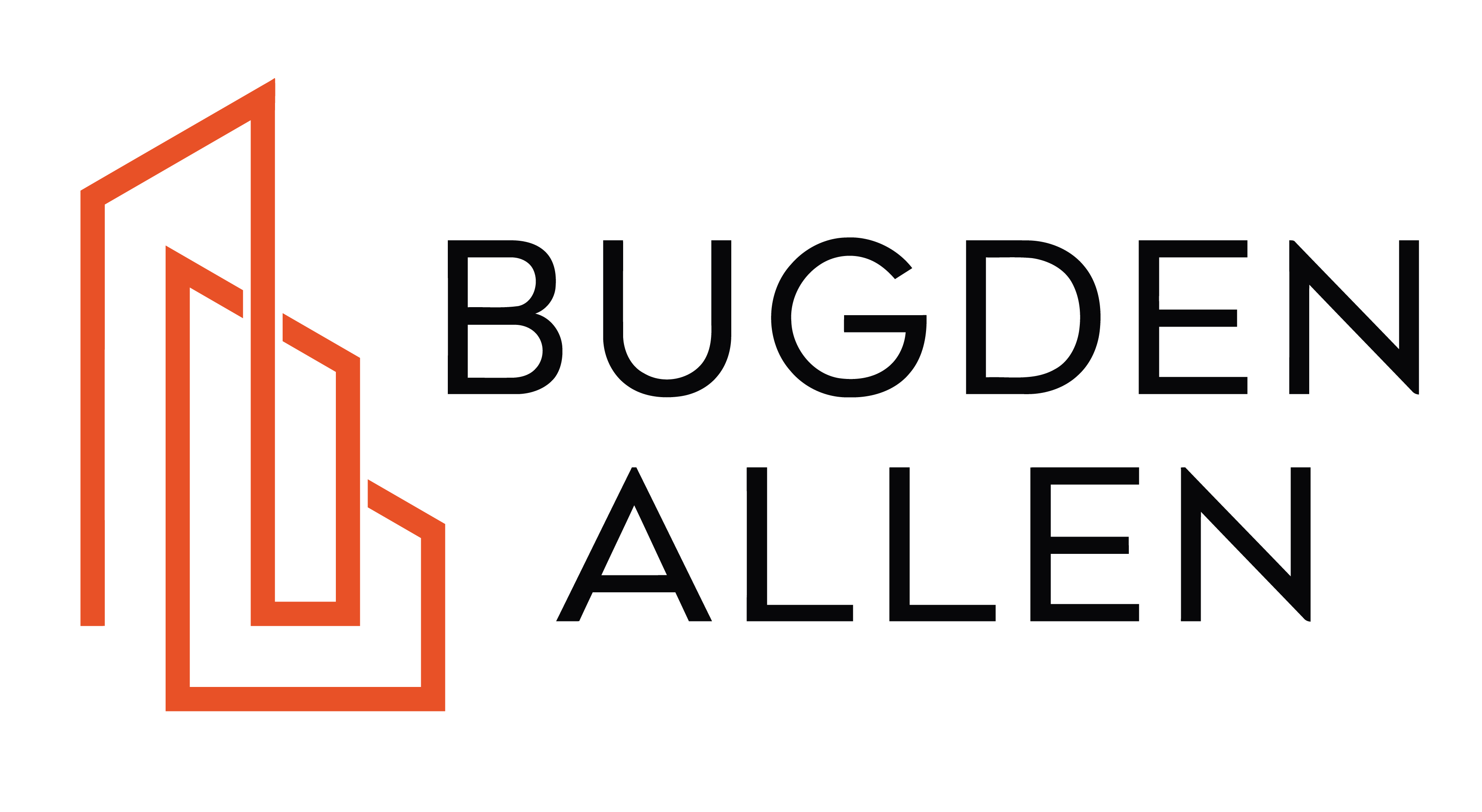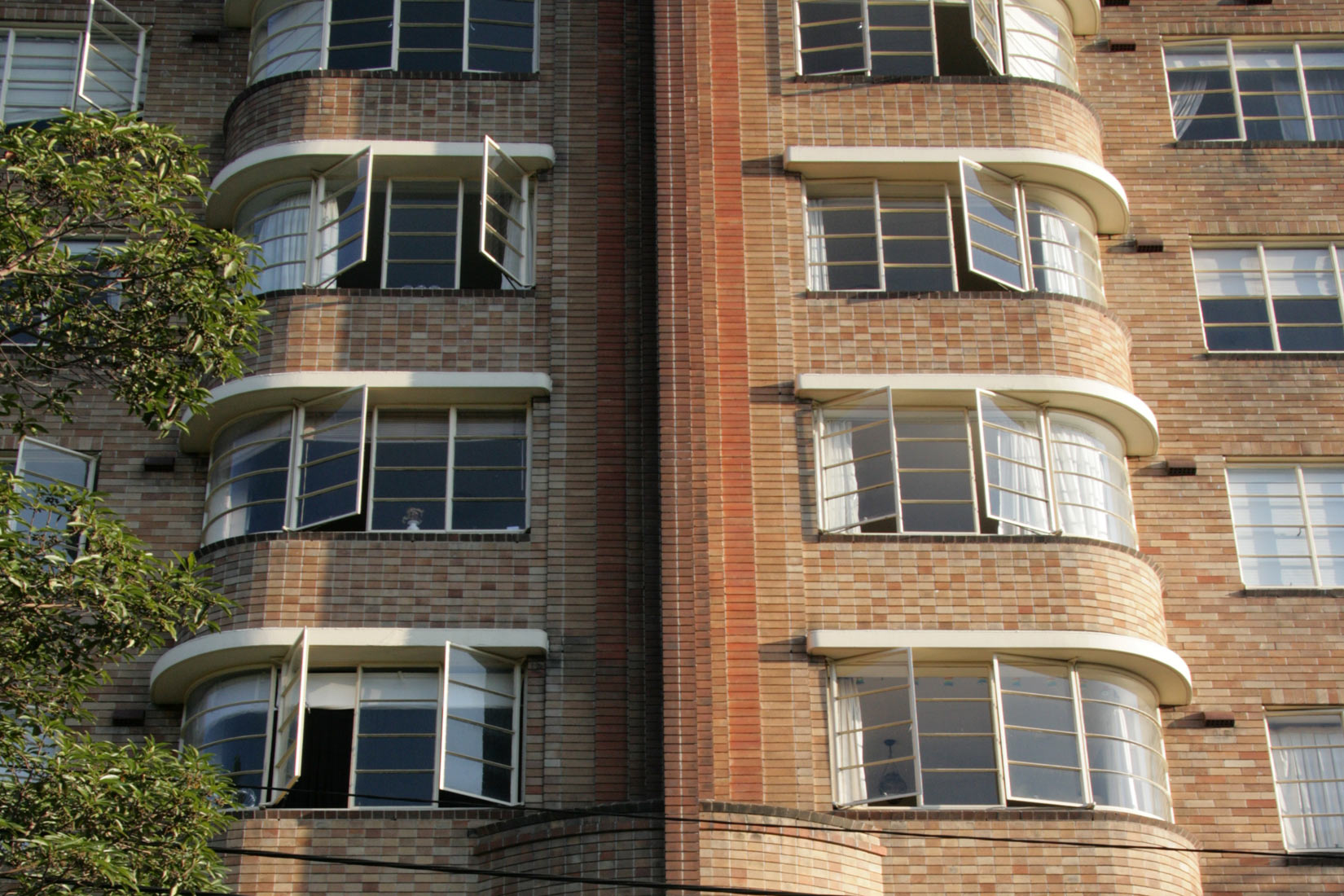How Long Do I Have to Pursue a Claim for Defective Building Works in Victoria?
This is an article by Tim Graham, Partner and Eve Whitmore, Solicitor of our Melbourne office. It was first published on our web site on 30th August 2023.
——-
Q: I am the OC Manager for a large apartment complex (the Property) which was constructed in 2014. In 2019, the OC received a Building Notice from the Victorian Building Authority regarding combustible cladding at the Property. The OC believes that, in addition to installing defective cladding, there may be other defective works present at the Property. How long does the OC have to obtain expert evidence in relation to the purported defective works and initiate legal proceedings against the builder?
- Strict limitation periods apply to claims made for breaches of builder’s statutory warranties pursuant to section 8 of the Domestic Building Contracts Act 1995 (Vic) (DBCA). In this case, the OC Manager believes that at least two types of defects may be present at the Property, these being:
- combustible cladding; and
- other unspecified defects.
What is a Limitation Period?
A limitation period refers to a specific timeframe set by law during which a potential claimant is allowed to initiate legal proceedings in relation to a dispute. Once this period expires, potential claimants may lose their right to bring a case to court or seek remedies for the specific issue.
The purpose of a limitation period is to promote timely resolution of legal disputes and prevent the indefinite delay of legal actions.
Domestic Building Dispute Resolution Victoria (DBDRV)
Prior to issuing a proceeding in the Victorian Civil and Administrative Tribunal (VCAT), which has jurisdiction to determine domestic building disputes in accordance with Part V of the DBCA, private Lot owners and/or the OC are required to submit an application to the DBDRV seeking to have the dispute resolved. Depending on, among other things, the parties’ claims, the DBDRV may refer the matter to a mediation referred to as a “conciliation conference.”
Notwithstanding this, VCAT has determined that a referral to the DBDRV does not constitute issuing legal proceedings in Owners Corporation 1 Plan No PS543073S v Eastrise Constructions Proprietary Limited:[1]
“On a clear reading, a ‘building action’ is a claim for damages for loss or damage. It is difficult to conceive how an application to DBDRV for dispute resolution could be conceived as a claim for loss or damage. DBDRV’s primary role is conciliation of those domestic building work disputes which it deems suitable for conciliation. It does not determine parties’ legal rights. Although it has the power to issue ‘dispute resolution orders’ under s49 of the DBCA these are not enforceable.”
This means that applications to the DBDRV for conciliation of a dispute should be submitted well in advance of the relevant limitation period expiring.
Limitation Period for General Building Defects
Section 134(1) of the Building Act 1993 (Vic) (Building Act) contains the limitation period for most defective building work claims.
Section 134(1) of the Building Act provides that:
“…a building action cannot be brought more than 10 years after the date of issue of the occupancy permit in respect of the building work (whether or not the occupancy permit is subsequently cancelled or varied) or, if an occupancy permit is not issued, the date of issue under Part 4 of the certificate of final inspection of the building work.”
This means that if the occupancy permit was issued on 1 February 2014 (for example), the OC must initiate VCAT proceedings against the builder on or before 1 February 2024. Further, in circumstances where an occupancy permit was not issued, the 10-year limitation period will be calculated from the date on which the certificate final inspection was issued.
If an occupancy permit or certificate of final inspection has not been issued by the builder, the usual limitation period for breach of contract applies.[2] Section 5(1)(a) of the Limitations of Actions Act 1958 (Vic) provides that, “actions founded on simple contract (including contract implied in law) or actions founded on tort including actions for damages for breach of a statutory duty,” cannot be brought more than 6 years after the cause of action (i.e. the breach) has accrued. Fortunately, it is uncommon for building surveyors not to issue an occupancy permit or certificate of final inspection.
Limitation Period for Defective Cladding
Many building practitioners mistakenly believe that a blanket 15-year limitation period applies to all defective cladding claims. However, this is an incorrect interpretation of the legislative amendments enacted in 2021.
Section 134(2) of the Building Act provides that, “a building action may be brought more than 10 years but less than 15 years after the date of issue of the occupancy permit in respect of the building work… if:
This means the extended limitation period for defective cladding claims applies to claims brought pursuant to occupancy permits or certificates of final inspection issued between 16 July 2009 and 30 November 2011 (as the 10-year limitation period was initially extended to 12 years in 2020). Accordingly, this extended limitation period applies to a limited scope of defective cladding claims.
Given an occupancy permit for the Property was issued in 2014, the 10-year limitation period will likely apply to any defective cladding claims made against the builder.
Applying Limitation Periods to Multiple Occupancy Permits in an Apartment Complex
In larger developments, occupancy permits for individual Lots may be issued on different dates.
In Lendlease Engineering Pty Ltd v Owners Corporation No 1 [2022],[3] the majority found that the 10-year limitation period prescribed in section 134 of the Building Act ran from the date the first occupancy permit for building works was issued. This is because, among other things, there is nothing in the language of section 134 of the Building Act to suggest that the limitation period should be calculated from when a “final”, “current” or “last occupancy permit” for works is issued.
Accordingly, if occupancy permits for the works were issued on 1 February 2014 and 1 December 2014, the OC must initiate VCAT proceedings against the builder on or before 1 February 2024.
How to Best Manage a Potential Defective Works Claim
If an OC, OC Manager, or individual lot owner believes there may be defective works at a property, it is best to seek legal assistance as early as possible. This is because it can take a significant amount of time to investigate the alleged defective works and attempt to address the issue with the builder responsible for the works before commencing litigation.
OC Managers must bear in mind that a special resolution will be required to authorize the initiation of legal proceedings. If time does not allow for an OC to conduct a special resolution, there is some authority for the proposition that an OC can issue legal proceedings without an authorizing special resolution. However, in these circumstances, the proceedings will be stayed (paused) until, and if, they are enlivened by the OC passing a special resolution.[4]
In a future article the authors will consider alternative means of circumventing the special resolution requirement, as sometimes the threshold of achieving a 75% majority vote proves elusive for OCs, even with the interim special resolution procedure set out in section 97 of the Owners Corporations Act 2006 (Vic).
—-
DISCLAIMER: This answer is not intended to be legal advice. You should seek independent legal advice tailored to your specific circumstances. The information in this article is of a general nature and is not intended to address the circumstances of your particular legal issue.
[1] (Building and Property) [2019] VCAT 1639. at [28].
[2] Gledhill v Scotia Property Maintenance Pty Ltd (Building and Property) [2019] VCAT 422.
[3] VSCA 105.
[4] See Owners Corporation PS 447493 v Burbank Australia Pty Ltd (Domestic Building) [2013] VCAT 1911.




